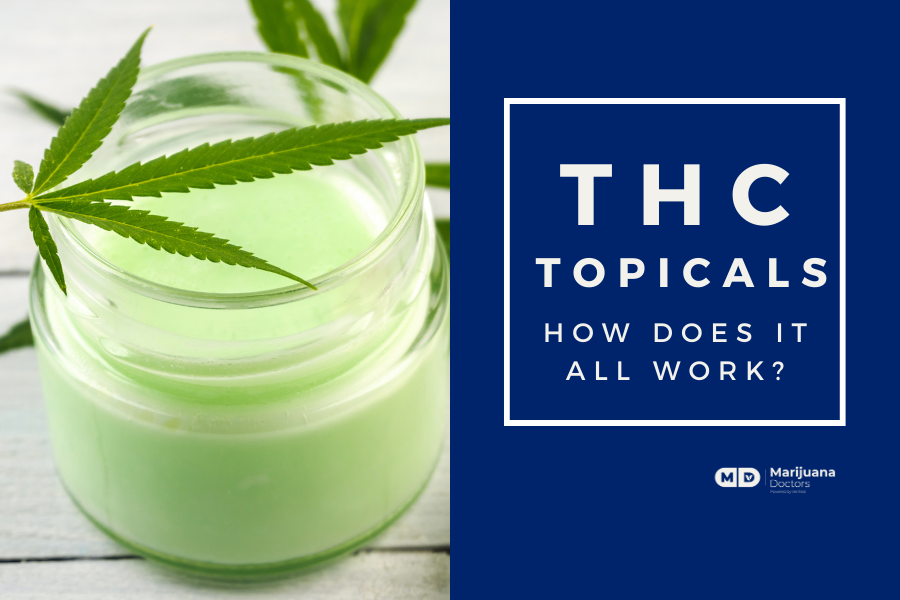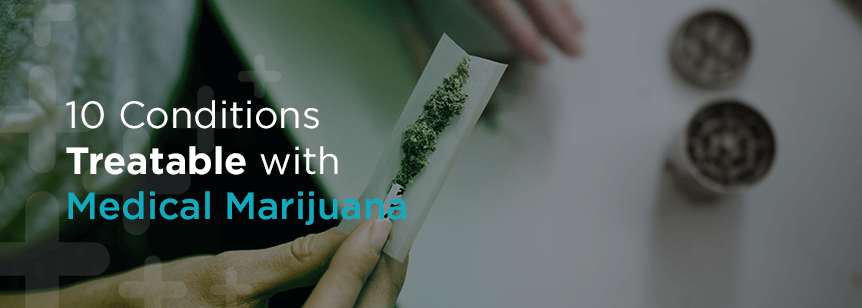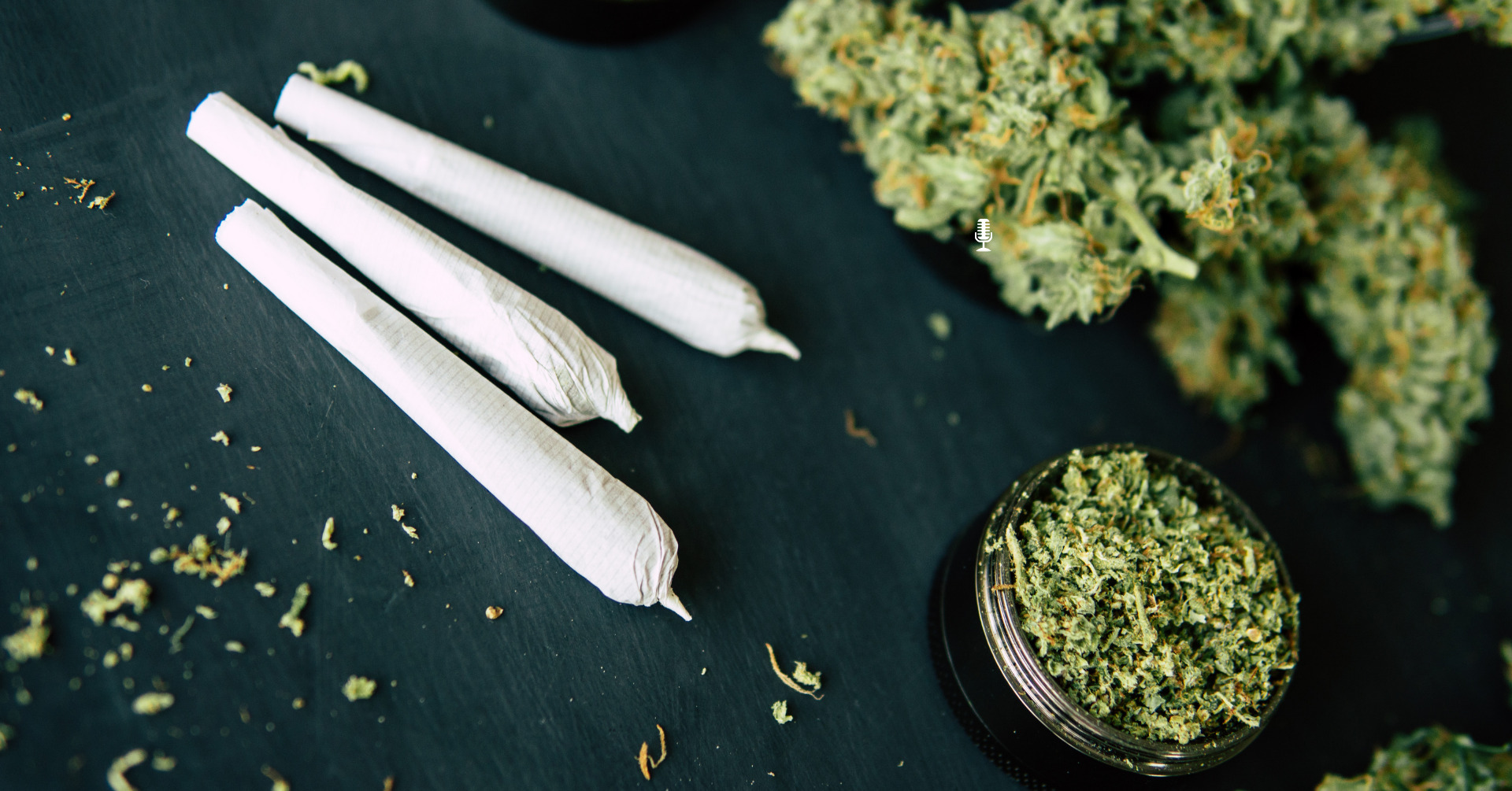Arthritis, elbow pain, neck strain, carpal tunnel—no one enjoys the relentless grip of pain and discomfort. And it’s no surprise that many have turned to a rather unexpected source of relief: THC topicals. But what exactly are these products, and can they really help? Let’s dive in and unravel THC topicals, exploring their origins, mechanisms, and potential benefits.
THC Topicals: A Soaring Trend
Statistics tell a compelling story of the rise of THC topicals. In just a few years, sales in the United States skyrocketed from $100 million in 2018 to a staggering $400 million in 2021, as reported by the Brightfield Group. These figures underscore a remarkable shift in consumer preferences within the cannabis market.
Moreover, THC topicals aren’t just the realm of cannabis enthusiasts; they’ve piqued the interest of both medical and recreational users. According to a 2022 survey by Headset, a substantial 30% of medical marijuana patients and 20% of recreational users have turned to THC topicals. Evidently, they’ve carved a niche in the world of cannabis consumption.
But are these claims backed by science, and who stands to benefit the most from THC topicals? Let’s dive deeper.
Understanding THC Topicals
To comprehend the essence of THC topicals, we must journey back to their origins. While a few pioneering companies began developing and selling THC topicals in the early 2000s, the market remained relatively modest. However, a pivotal moment occurred in 2008 when Canada approved Sativex, the world’s first cannabis-based pharmaceutical drug. This innovative spray, containing both THC and CBD, found its niche in treating spasticity in multiple sclerosis patients, laying the foundation for future developments.
Recent years have seen a surge in interest surrounding THC topicals, driven by both the legalization of cannabis across the globe and an upswing in research investigating their potential therapeutic benefits. Today, a diverse array of THC topicals grace the market, including creams, lotions, balms, and salves. These versatile products have garnered attention for their potential in addressing various conditions, such as pain, inflammation, anxiety, and sleep disturbances.
While THC topicals don’t owe their existence to a singular inventor, they owe their commercial evolution to numerous visionaries and entrepreneurs who recognized their potential in providing relief to individuals grappling with diverse conditions. The allure of THC topicals lies in their ability to offer localized pain relief and inflammation reduction without inducing the psychoactive “high” associated with smoking or ingesting cannabis. Moreover, they are incredibly user-friendly, as they can be directly applied to the affected area.
How THC Topicals Work
THC topicals rely on the complex endocannabinoid system (ECS), which controls many important body functions like pain, inflammation, mood, and sleep.
At the core of the ECS are three key components:
- Endocannabinoids: These naturally occurring chemicals, produced by the body, bind to cannabinoid receptors found on cells throughout the body.
- Cannabinoid receptors: The ECS boasts two primary receptor types—CB1 and CB2. CB1 receptors predominantly inhabit the brain and nervous system, while CB2 receptors primarily reside within the immune system.
- Enzymes: Enzymes are responsible for both synthesizing and breaking down endocannabinoids.
THC, a phytocannabinoid derived from the cannabis plant, has the remarkable ability to bind to both CB1 and CB2 receptors. When applied topically, THC permeates the skin, enters the bloodstream, and journeys to the affected area. At this point, it engages cannabinoid receptors in the skin and surrounding tissues, triggering a cascade of effects:
- Reduced inflammation: THC inhibits the release of inflammatory cytokines, molecules that promote inflammation.
- Pain relief: THC activates cannabinoid receptors in the brain and nervous system, subsequently diminishing pain signals.
- Relaxation: THC’s interaction with cannabinoid receptors in the brain and nervous system fosters a sense of calm and relaxation.
THC balms and lotions, in particular, have demonstrated their therapeutic versatility, addressing an array of conditions such as pain, inflammation, arthritis, eczema, psoriasis, muscle spasms, headaches, migraines, and even insomnia. However, it’s crucial to note that while promising, research on THC topicals is still in its new or just beginning stages, and further investigations are necessary to explain their safety and efficacy for various conditions.
Ingredients and Synergy
The effectiveness of THC topicals doesn’t rely only on THC; it’s also influenced by various ingredients. These often include oils, butters, and beeswax, which help dissolve THC and make it penetrate the skin. Essential oils like lavender and peppermint, along with herbs such as arnica, are sometimes added for therapeutic benefits and fragrance.
A fascinating idea in the world of THC topicals is the “entourage effect.” This theory suggests that different cannabinoids and terpenes in cannabis work together to produce stronger therapeutic effects than any single compound alone. Some manufacturers are now creating THC topicals that combine multiple cannabinoids and terpenes to tap into this entourage effect. For example, a THC topical for pain relief might include CBD for its anti-inflammatory properties and beta-caryophyllene for its pain-relieving effects.
The Quality of THC Topicals
Given the wide variety of THC topical products on the market, it’s paramount to choose reputable brands that prioritize quality. Rigorous product testing and quality control processes are essential to guarantee safety and consistency. When selecting THC topicals, consider the following:
- Third-party testing: Opt for products that undergo third-party testing to verify potency, purity, and the absence of contaminants. This ensures that the product contains the specified THC content and is devoid of harmful impurities.
- Quality ingredients: Look for THC topicals crafted from high-quality, organic oils and butters. Steer clear of products containing artificial additives, fillers, or harsh chemicals.
- Reputation matters: Trustworthy brands with a solid reputation for producing high-quality products are a safer bet.
If you’re uncertain about which THC topical suits your needs, consult with a healthcare professional or a knowledgeable cannabis expert for personalized guidance on safe and effective usage.
Time Efficacy of THC Topicals
The effectiveness of THC topicals isn’t solely determined by their composition but also by the time it takes for them to produce noticeable results. Several factors come into play, including the type of topical, its vehicle, the concentration of the active ingredient, and the individual’s skin condition.
In broad strokes, lotions and oils are known for their relatively quick absorption, while balms offer longer-lasting relief. However, the specifics can vary widely. Let’s delve into a more detailed breakdown of the time efficacy associated with different types of topicals:
- Lotions: Lotions have a thin and watery consistency, facilitating rapid absorption into the skin. Typically, lotions begin to take effect within 15-30 minutes and provide relief for approximately 2-4 hours.
- Oils: Oils, with their thick and viscous nature, take a bit more time to be absorbed. It usually takes around 30-60 minutes for the effects of oils to become noticeable, and this relief can last for about 4-6 hours.
- Balms: Balms, characterized by their thick and waxy texture, are the slowest to absorb. However, they compensate with an extended duration of relief, often lasting up to 8 hours.
It’s vital to remember that these timeframes are general guidelines, and the actual time efficacy can vary from person to person. To make the most of your experience with THC topicals and maximize their effectiveness over time, consider these tips:
- Start with clean, dry skin: Applying the topical to clean and dry skin ensures better absorption and effectiveness.
- Massage thoroughly: Gently massage the topical into your skin until it is fully absorbed to enhance its penetration.
- If needed, cover it up: Using a bandage or dressing can help more absorption in certain situations.
- Wait before bathing: Avoid showering or bathing for at least 30 minutes after applying the topical to allow it to fully interact with your skin.
Should you be uncertain about the onset and duration of a particular topical, it’s advisable to begin with a small amount and reapply as needed. Remember that everyone’s body responds uniquely, and finding the right balance may require a bit of experimentation.
Incorporating these considerations into your THC topical routine can help you make the most of their therapeutic potential while tailoring your experience to your specific needs and preferences.
The Bottom Line
In a world where people often suffer from pain and discomfort, THC topicals offer a glimmer of hope. They can help alleviate pain without making your mind feel strange, which is a common effect of using cannabis. THC topicals have a history in cannabis development and are becoming more popular thanks to ongoing research. They come in different forms and can be used for various conditions, and they’re easy to use.
As THC topicals become more popular, it’s crucial to use them responsibly and with knowledge. Many people have found them effective, but we still need more research to understand all their benefits fully.
So, if you’re curious about whether THC topicals can help you, science suggests they might. But always talk to a healthcare professional before trying them out. Exploring the world of THC topicals can be exciting, especially if you’re looking for relief from pain and improved well-being.






